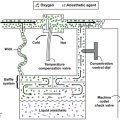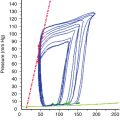Perioperative implications of caring for patients with epilepsy
Epilepsy is one of the most common neurologic disorders, with a prevalence approaching 1% of the population; nearly 3 million people in the United States have a seizure disorder. Seizures are characterized based primarily on the clinical manifestation and electroencephalographic (EEG) features (Box 138-1).





